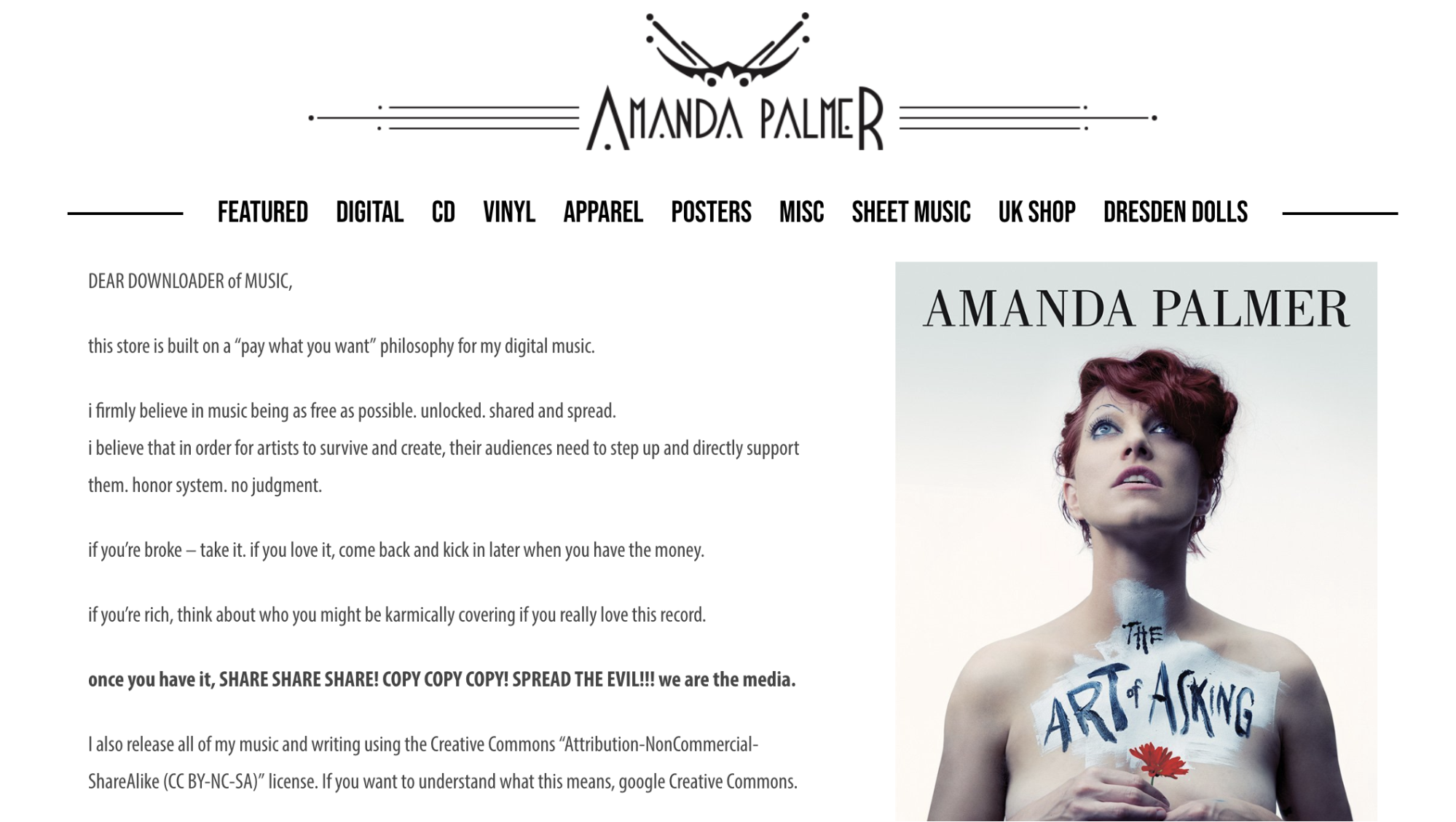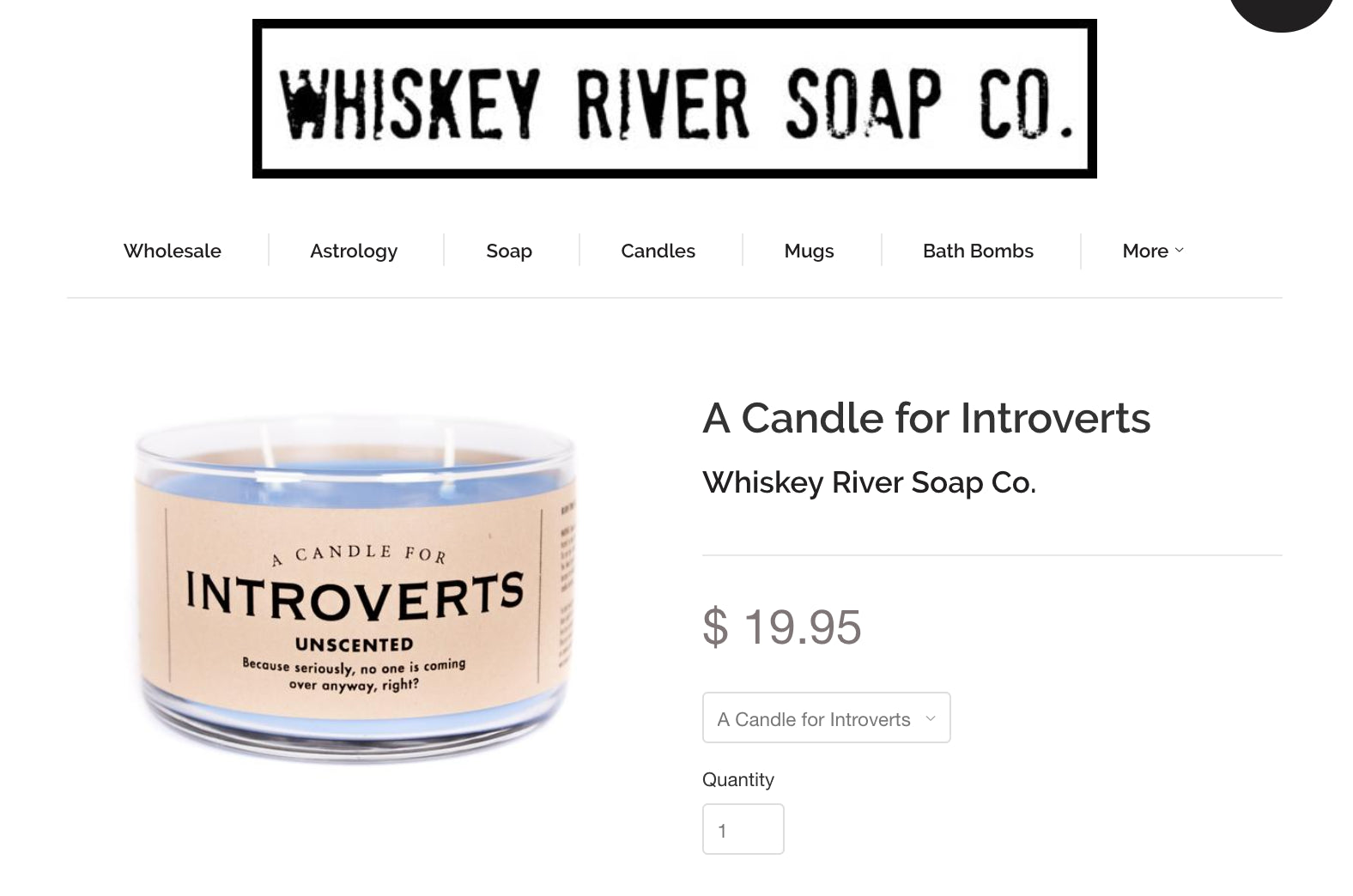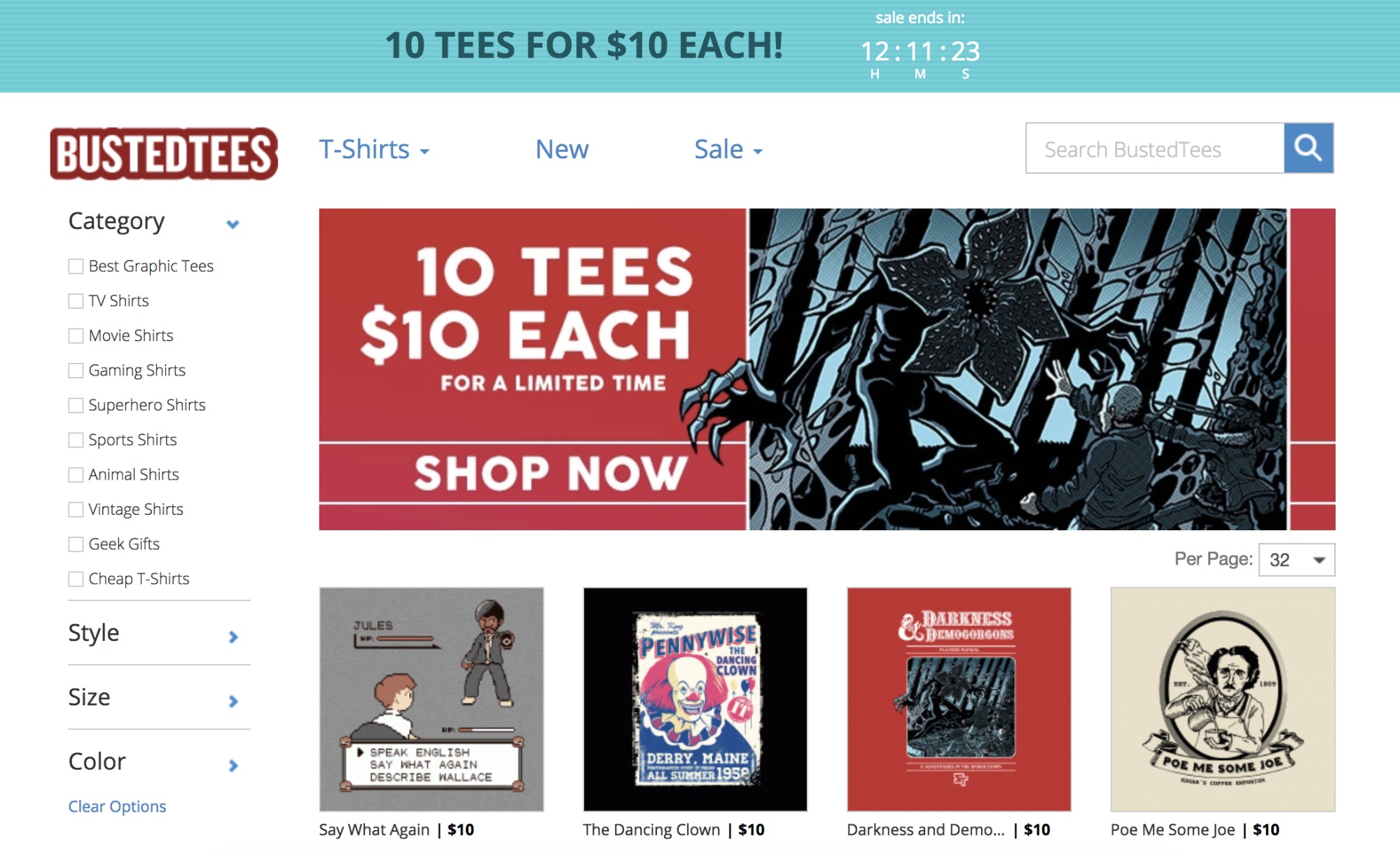The Psychology of Persuasion: How to Sell Like an FBI Hostage Negotiator
 Negotiation is all around you. While you may not realize it, many of the conversations and interactions you have in a day are a form of negotiation.
Negotiation is all around you. While you may not realize it, many of the conversations and interactions you have in a day are a form of negotiation.
The more you understand about the ins and outs of persuasion, the more effective you’ll be as a negotiator. Honing this skill will affect your business, your friendships, your finances, your career, your relationships—just about every instance that involves empathizing and communicating with another person.
So, who better to teach you the tricks and tools of the trade than someone who has negotiated with bank robbers, terrorists, kidnappers and murderers?
How to negotiate like an FBI hostage negotiator
Chris Voss is a former FBI hostage negotiator and author of Never Split the Difference: Negotiating As If Your Life Depended On It. Earlier this month, I had the opportunity to chat with Chris about his experience as a high-stakes international crisis negotiator and beyond.
My first question was, of course, how well the average person (i.e. me) negotiates. As expected, Chris burst my bubble and explained that we all tend to overestimate our negotiation abilities.
“Unfortunately, while our negotiation approach seems very smart, eloquent and remarkable in our minds, most people are just kind of average,” says Chris. “If I could draw an analogy—I saw a poll once that asked, ‘How likely are you to go to Heaven?’ And then, ‘How likely are the following figures to go to Heaven?’ They ran the numbers and, across the board, people think they're more likely to go to Heaven than Mother Teresa. In short, we have a tendency to overestimate our abilities.”
It’s easy to recall a time when you successfully negotiated—for a raise, for better shipping fees, for an extra $2 off at a yard sale—and count that as conclusive evidence that you’re a persuasion expert. This natural overconfidence is actually our biggest negotiation weakness, Chris told me.
“People feel the need to make their point, and they think their point is the solution. What makes sense to me? How do I sense the environment? My solution is not just my solution, it's the solution. Since I'm rational, reasonable and smart, I’ve got to get that out there. The problem is then if everybody does that, then all you've got is people talking past each other.”
Instead of aggressively arguing for our solutions, we should be focused on creating epiphany moments for our negotiation counterparts, also known as our potential customers. As Chris explains, negotiation and persuasion have very little to do with you and your opinion:
“Great marketing, great sales, great communication is about providing epiphany moments. What's the advantage of an epiphany moment? They feel bonded to whoever provided that epiphany. People feel grateful. There's an emotional attachment that is instantaneously created toward whoever provided that epiphany.
Stark raving fans. Loyal customers. Everybody wants to have a base of stark raving fans. Well, stark raving fans are created when people are convinced they’ve heard the truth and you’re the one who told them.”
Great marketing, great sales, great communication is about providing epiphany moments.
Chris was, at one point in his career, the FBI’s lead international kidnapping negotiator. Needless to say, he was at the center of numerous high pressure, intense situations.
However, it’s unlikely that you or I will find ourselves negotiating with nefarious counterparts in such high-stakes, life or death situations. So how can we practice and refine our negotiation skills for everyday opportunities?
“Whenever anybody calls you on the phone and asks, ‘Have you got a few minutes to talk?’ Instead of saying yes or no to that, say, ‘Sounds like you've got something on your mind.’ And then just see what happens,” says Chris. “That's actually the application of a negotiation skill, which we refer to as a label and it triggers unvarnished truth. You're going to get at the heart of the matter, the purpose of that call, nearly instantaneously. That will cut to the chase faster than anything else.”
First and foremost, it’s critical to understand and apply the fundamental principles of negotiation that ring true whether you’re trying to get someone home safe, or just trying to find the words a customer needs to hear.
9 timeless principles of negotiation
Unlike Chris, when we negotiate, lives don’t hang in the balance. But businesses do: the ability to negotiate and persuade is a fundamental part of effective marketing, which is the lifeblood of a growing business.
After all, the process of making a sale is just a negotiation between you and your potential customers. So, let’s dive into the nine major principles from Never Split the Difference and see how they can be applied to your ecommerce business.
1. Be a mirror
When you’re acting as a mirror, you allow your counterpart to see themselves in you. You don’t let pushing your own agenda take precedence over understanding your audience—when negotiating or persuading, your focus should be on the other person. What are they telling you about who they are and what they want?
For example, when you visit the Stay Home Club site from Canada, you’ll see this popup of Justin Bieber holding a rather Canadian sign:

First, it’s light-hearted and fun. Second, it’s reflecting your Canadian-ness back at you.
As you might’ve guessed, Stay Home Club offers a variety of whimsical products, like this playfully misanthropic keychain for a playfully misanthropic person:

This technique is called mirroring, which can also be done with voice of customer copy. If you can repeat common words and phrases back to your visitors—if you can mirror their pain and how they describe your products—you win. As Joanna Wiebe of Copy Hackers likes to say, you have to join the conversation they’re having in their head.
Additional takeaways:
- Don’t commit to assumptions about who your counterpart is. Consider any preconceived notions hypotheses, which need to be tested.
- Persuasion isn’t about conflict with your counterpart. It’s primarily about discovery and strengthening your understanding of their objections, hesitations, and needs.
2. Don’t feel their pain, label it
You know what you want from a negotiation, but what does your counterpart want? Why is what they want so important to them? Empathy is a fundamental part of persuasion; you can’t effectively sell if you can’t relate. Now, you don't need to agree with someone in order to empathize with them.
Take the ongoing debate over what to charge for music, for example. On one side, you have musicians who rightfully expect to be paid for the time and energy it takes to put together an album. On the other side, you have listeners who believe that music should be free for everyone to enjoy.
You likely have an opinion one way or the other, but it doesn’t mean you can’t empathize with both sides.
Here’s how Amanda Palmer, author and musician, approaches it:

Note the empathy in her words:
- “i firmly believe in music being as free as possible.”
- “i believe that in order for artists to survive and create, their audiences need to step up and directly support them.”
She is able to see both sides of the debate, of the negotiation, and asks people to pay what they can afford.
Of course, Amanda’s approach isn’t right for everyone and there are certainly other ways to demonstrate empathy.
Additional takeaways:
- Why your counterpart won’t make a deal is usually more important than what it’d take for them to make the deal. Your job is to understand those objections and clear the barriers.
- Remember that you are dealing with real people who have desires to be understood and appreciated. Belittling your counterpart’s argument and forcing your own won’t work.
3. Beware “yes”, master “no”
As Paul Graham, founder of Y Combinator, once said, “The negotiation begins at no.”
Ask questions that unblock paths to your goal.
Persistence is often the key to sales and marketing success. Research suggests it takes six to eight touches to even qualify a lead. Don’t consider “no” or even the absence of a response (e.g. an abandoned cart) a failure on your part. Instead, consider it the start of the negotiation.
KeySmart, the compact solution to your bulky key ring, understands this principle well. If you add items to your cart and abandon that cart, you might soon find a message like this in your Facebook Messenger inbox:

According to Chris, “no” can make people feel safe when negotiating, like they’re in the driver’s seat. This is especially true when their counterpart is pushing for a “yes”. It’s easy to get defensive.
The silver lining to triggering a ‘no’ is that you’re sure to learn something—’no’ usually provides insight into objections and hesitations. A ‘no’ draws a line in the sand and defines desires more clearly.
Don’t be afraid of a no.
Additional takeaways:
- A yes is your final goal, of course, but sometimes aiming for a yes right out of the gate means your counterpart’s guard shoots up. Be patient and don’t be afraid of no.
- Asking questions is one of your most useful tools for persuasion. For example, Chris praises the impact of asking, “Have you given up on this project?” in a work environment. Ask questions that unblock paths to your goal.
4. Trigger the two words that immediately transform any negotiation
The two most powerful words in any negotiation are “that’s right.” If you can get your counterpart to use those two words, you’ve transformed the conversation. Hearing “that’s right” is even better than hearing “yes.”
Why? According to Chris, that positive regard opens the proverbial door to changing thoughts and actions. The more your counterpart feels understood, the more likely it is they will take your desired action. That’s a win for you.
Whiskey River Soap Co. sells soaps, candles and a variety of other household items that are incredibly relatable.

This candle is particularly effective because it ends on a question and the question even ends with “right?” However, the concept is at work either way. Here’s another example:

If you’re an introvert or the middle child, you can probably relate and, in your head, you’re probably thinking “that’s right.”
That positive regard actually makes it more likely you’ll be willing to buy the candle.
5. Bend their reality
An approaching deadline adds urgency to the negotiation process. Items near the checkout at a grocery store are the common example.
You’re standing there waiting to pay for your items when you notice a buffet of chocolate bars. Do you need a chocolate bar? Oh whoops, the line is moving. You didn’t initially come here with ‘chocolate bar’ on your must-purchase list, but given your last chance to grab one, it seems tempting. “Next please.” Now you’re up. What will you do? Needless to say, the chocolate bar is on the belt.
Urgency, even when as subtle and self-induced as the above, is effective. In an original research study, CXL Institute found that adding “Free next business day delivery if you order before 4 PM (UK)” to their client’s product pages increased revenue by 27.1%.
There’s no need to be aggressive—even a gentle nudge that reminds buyers a decision now reaps benefits now can be effective.
BustedTees often applies this technique whenever they run a big promotion:

The reason the right kind of urgency works so well is because people would rather avoid a loss than realize a gain—it’s more important to not lose than it is to win. This is known as loss aversion, a cognitive bias.
When you show customers they will miss out on a significant discount or lose out on free next business day delivery if they wait too long, you trigger loss aversion and remind them that a decision made today can secure them a deal that won’t be available tomorrow.
There’s a real possibility that your counterpart will act, not necessarily because they want your product right away, but because they want it eventually and don’t want to lose the opportunity to snag a deal.
Additional takeaways:
- In the wise words of Chris, “We are emotional, irrational creatures who are emotional and irrational in predictable, pattern-filled ways.”
- Set an anchor to make your offer seem even more reasonable. Winners and Walmart are famous for anchoring, Winners with their “original price” stickers and Walmart with their roll back prices. This is also common in email discount ladders. The first discount might be for 5%. If that’s not accepted, the next might be for 10%, and so on.
6. Give your counterpart the control
You might be familiar with what’s known as the IKEA effect. Basically, we assign a high value to things we partially create. So, that $40 IKEA table is worth more to us after we’ve struggled through assembling it, because we’re left with a feeling of satisfaction that we put it together ourselves.
Similarly, if your counterpart arrives at a solution on their own, it is more impactful than if you had overtly pushed them to arrive there.
You can use questions and options to gently point your counterpart towards the solution you have in mind. As Chris mentioned, asking for help puts your counterpart in the driver’s seat. When you encourage your counterpart to make decisions and give opinions, you inspire action. If you structure your questions and options carefully, that action can be in your favor.
For example, StandDesk allows visitors to build their own standing desk:

Top material, frame color, controller, mat, upgrades—these micro choices put the visitor in control. The question is no longer, “Do you want a standing desk?”, it’s, “What do you want your standing desk to look and feel like?” It changes the conversation.
The control has seemingly shifted without truly shifting at all.
Additional takeaways:
- The more effort required to answer a question or build something, the more value is assigned to it. Ask questions that start with “how” or “what” to inspire longer responses.
- Questions that start with “why” are always an accusation. Asking “why” will lead your counterpart to dig in deeper and defend their position, so tread carefully.
7. Humanity and humor guarantee execution
A lot of factors play into flawless execution, but Chris emphasizes that demonstrating your humanity and humor is an excellent way to break the ice and build rapport.
Demonstrating your humanity and humor is an excellent way to break the ice and build rapport.
TUSHY does this well on their homepage, on their product pages and in their marketing:

TUSHY’s brand is down to earth and fun. They talk about their product the way you might talk about it while hanging out with your best friends. It’s relatable and it’s persuasive for that very reason.
Additional takeaways:
- Ask “how” questions again and again in surveys and your site copy. While challenging, these questions are engaging and give you the opportunity to discover new unknowns about your counterpart.
- Remember that you are dealing with more than just your direct counterpart. The deal (i.e. their purchase) will affect other people, and it’s your job to understand the motivations and objections of everyone involved. For example, if your potential customer is a mother, you may need to consider the father and daughter.
- If you can get your counterpart to agree to something three times, to take three steps in the right direction, you have the upper hand. It’s really hard to repeatedly fake conviction.
8. Bargain hard
Decreasing raises will make your counterpart believe they’re getting the best possible value out of any single deal.
For example, in a hardline sales negotiation you may be cleared to offer $750,000 to close the deal, but you know better than to start the negotiation there. You might instead offer $500,000, then $600,000, then $650,000. As the raises decrease, you’re indicating that room is running out to negotiate and that you’re approaching the best possible deal.
In marketing, this concept might instead look like the tiered discounts we talked about above.
Ending on non-round numbers also makes your counterpart believe they’re getting the best deal. Petri Hukkanen of the Boston Consulting Group and Matti Keloharju of Aalto University School of Business conducted an experiment recently. Over three decades, they looked at a sample of nearly 2,000 initial cash offers to acquire the majority of the shares of publicly traded U.S. companies. They found that bidders tend to make round offers, but that round initial offers were less likely to close the deal than precise offers.
Chewy rarely lists round number prices, preferring to end with $.99 instead. They have an autoship program where customers can secure an even deeper discount by committing to the purchase more than once. The autoship prices are even less round.

Additional takeaways:
- Prepare for the bargaining in advance. Set an ambitious, but legitimate goal ahead of time so that you can plan out the conversation, including objections and “no” scenarios.
- Set boundaries and know how you’ll respond to the suggestion of a compromise. As the title of the book suggests, you should never split the difference. Compromise is something to be avoided in negotiation.
9. Find the Black Swan
Black Swans are big unknown unknowns. They’re leverage multipliers. They’re what you didn’t even know you didn’t know and they often free up space to make a deal.
Your job as a negotiator (i.e. entrepreneur) is to understand your counterpart’s worldview. You want to move into the personal thoughts and feelings of your counterpart, into their values and perceptions. That, writes Chris, is where the Black Swans live.
The benefit of digging into your counterpart’s worldview is that you can play on similarity. Research has consistently shown that we favor people who are just like us. The idea that opposites attract is, scientifically, a myth.
For example, in a study published in the Journal of Personality and Social Psychology, researchers asked couples to fill out a survey about their personality, attitudes, hobbies and lifestyle. The researchers calculated how important similarity was to certain aspects of the couples’ relationships, including: closeness, intimacy, and relationship length. Similarities were frequent in 86% of these variables.
One of the researchers, Dr. Angela Bahns, explains, “We're arguing that selecting similar others as relationship partners is extremely common—so common and so widespread on so many dimensions that it could be described as a psychological default.”
If you can understand and enter your counterpart’s worldview, show them how you’re similar, you can become much more persuasive.
Chubbies is a perfect example of a brand that authentically, yet effectively relates to their audience. They frame their worldview right on their homepage for their potential customers to draw similarities from.

Be careful with implementation
Never Split the Difference is filled with insightful persuasion principles you can apply to marketing and selling your products (and your everyday life). However, be aware that psychological backfiring is very real—when psychological theory is applied incorrectly, it can trigger the opposite of the intended effect.
As Chris explains, psychological theory is rarely applied well to the online world: “I think these strategies should be applied online, but by and large, they're not being applied well. Here's the problem: there are these old, bad habits still hanging around. This whole “yes momentum” nonsense. Momentum selling. They're trying to get people to say yes to stuff in any format. It's counterproductive and it makes people nervous.”
Chris continues, noting that potent persuasion rarely happens all at once: “The other thing that happens a lot online in one fashion or another is you're trying to say everything in one communication. In the vast majority of online communication, people are giving away the next seven moves in one communication. It's too much. It's cluttered. It's complicated. The desire to save time is at the expense of effective communication. It all ends up being lost.”
Implementing these principles responsibly and logically is the first and most important step to avoiding psychological backfire. Once you understand this potential risk, you can double down on understanding and applying the theory.
Persuasion principles in practice
We’re all human. Whether you’re negotiating for the FBI, for your Wall Street firm or your mom-and-pop store, these shared experiences are an entry point for empathizing with others, and especially our counterpart.
“For example,” Chris says, “how many times has someone tried to trap you with a ‘yes’? People will say, ‘Have you got a few minutes to talk?’ when, in fact, they don't want you to talk, they want you to listen. And really, they want you to listen for 45 minutes. It's done to each and every one of us, sometimes multiple times per day. It's overdone and we can’t stand it.”
“So there are these common experiences we all have, and then you start looking for these common threads and find they're all based on how we react as human beings. Hostage negotiation, it turns out, is one of the best sets of skills to draw from in order to navigate those reactions. We're all being held hostage in some way or another by some sort of anxiety, whether it's real or perceived, and these strategies help turn those anxieties down and make room for great collaborations.”
You might not feel like a negotiator, but the truth is you negotiate every day. You negotiate with your son about how many cookies he can have before dinner. You negotiate with your clients about when a project will be done. You negotiate with your boss about how much money you’ll make this year. You negotiate with your wife about whose turn it is to fold the laundry. And, of course, you negotiate with your potential customers.
The negotiation might not be face to face and lives don’t hang in the balance, but it’s a negotiation all the same. Refining your negotiation skills will make you more persuasive not just in marketing, but in all aspects of life.
Questions for me? Questions for Chris? Leave them in a comment below.